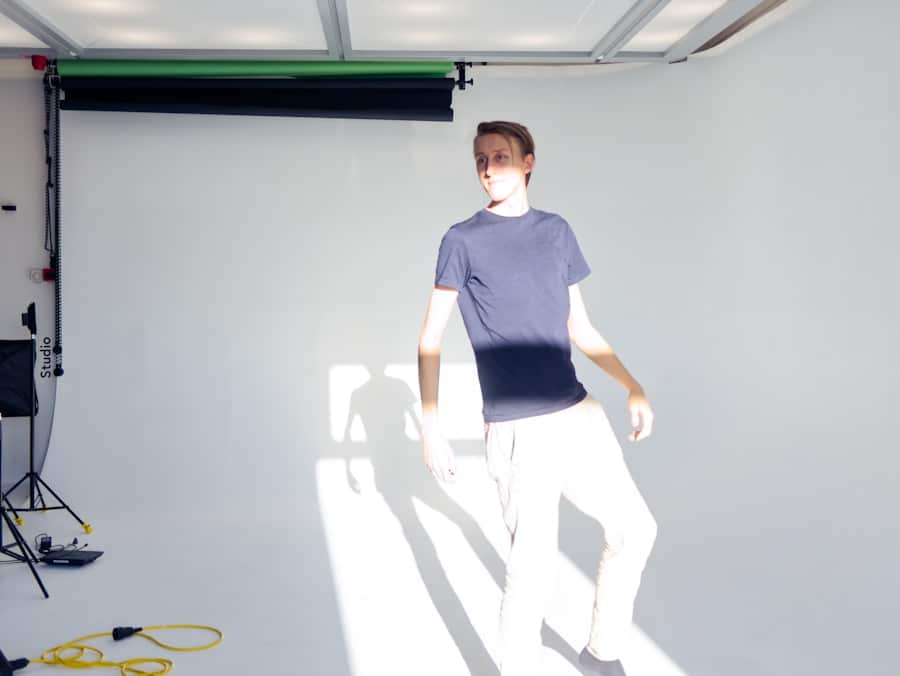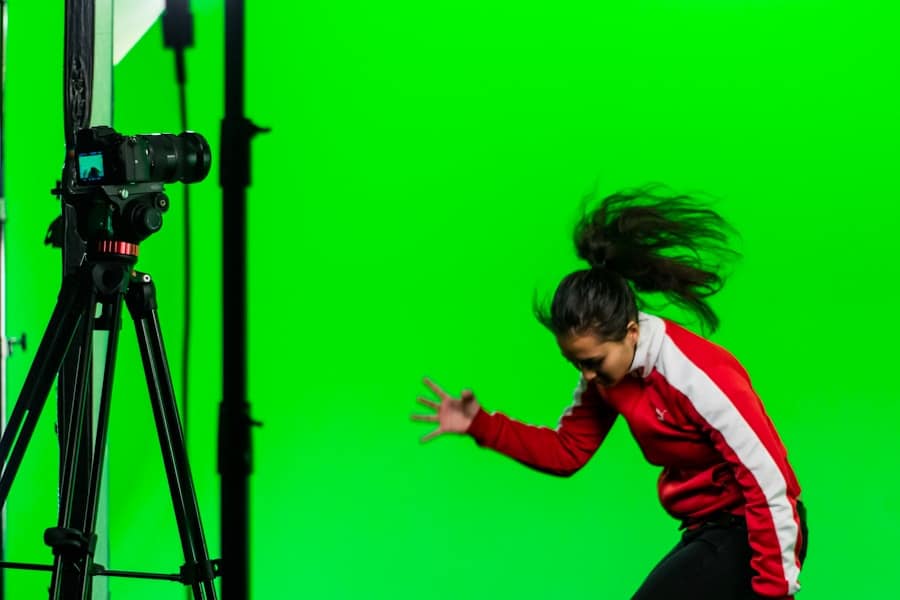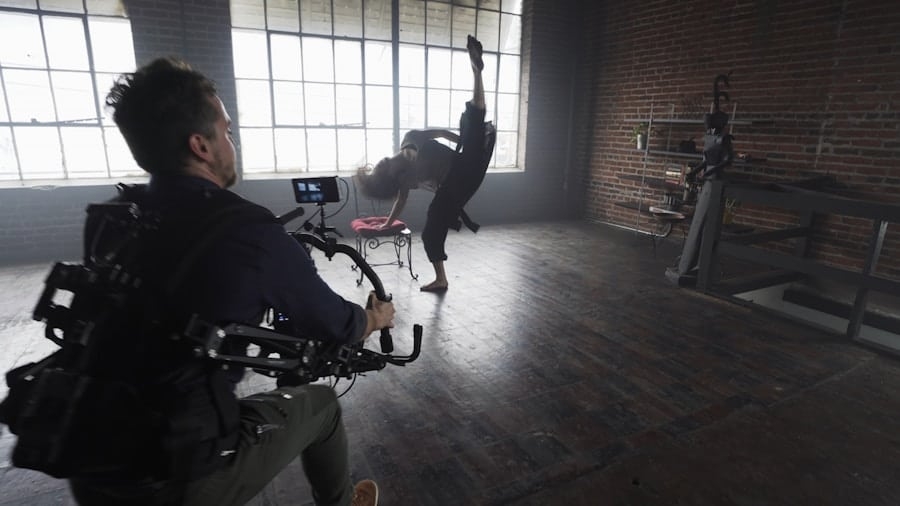The journey of motion capture technology has been a fascinating one, marked by significant milestones that have transformed the way we perceive and create animated content. Initially, motion capture was a labor-intensive process that relied heavily on physical markers and complex setups. Early systems utilized reflective markers placed on an actor’s body, which were then tracked by multiple cameras to capture their movements.
This method, while groundbreaking at the time, was limited by the need for extensive equipment and the challenges of accurately translating physical movements into digital data. The technology was primarily used in high-budget film productions and video games, where the investment in sophisticated equipment could be justified.
AI algorithms enabled more efficient data processing and analysis, allowing for real-time tracking and interpretation of movements. This shift not only reduced the complexity of traditional motion capture setups but also opened the door to new possibilities in animation and virtual reality. The integration of machine learning techniques allowed systems to learn from vast datasets, improving their ability to recognize and replicate human movements with remarkable accuracy.
This evolution has led to a more accessible and versatile approach to motion capture, paving the way for its widespread adoption across various industries.
Key Takeaways
- AI-powered motion capture technology has evolved significantly, allowing for more realistic and accurate animations.
- Advancements in AI-powered motion capture have led to more lifelike and immersive animations in the entertainment industry.
- AI-powered motion capture has had a significant impact on the entertainment industry, revolutionizing the way animations are created and experienced.
- The potential applications of AI-powered motion capture extend beyond entertainment, with possibilities in fields such as healthcare, sports, and education.
- Ethical and privacy concerns surrounding AI-powered motion capture technology need to be addressed to ensure responsible and respectful use of personal data and images.
Advancements in AI-Powered Motion Capture for Realistic Animations
The advancements in AI-powered motion capture technology have significantly enhanced the realism of animations, making them more lifelike than ever before. One of the most notable developments is the ability of AI systems to analyze and interpret subtle nuances in human movement. Traditional motion capture often struggled with capturing intricate details such as facial expressions or the fluidity of gestures.
However, with the advent of deep learning techniques, AI can now process vast amounts of data to understand the complexities of human behavior. This capability allows animators to create characters that not only move realistically but also convey emotions effectively. Moreover, AI-powered motion capture systems have introduced innovative techniques such as markerless motion capture, which eliminates the need for physical markers altogether.
This approach utilizes computer vision algorithms to track body movements through video footage, making it easier to capture performances in diverse environments without the constraints of traditional setups. For instance, companies like DeepMotion have developed solutions that allow users to animate characters using just a smartphone camera. This democratization of motion capture technology enables independent creators and smaller studios to produce high-quality animations without the need for expensive equipment or extensive technical expertise.
The Impact of AI-Powered Motion Capture on the Entertainment Industry

The impact of AI-powered motion capture on the entertainment industry has been profound, reshaping how films, video games, and virtual reality experiences are created. In film production, directors and animators can now achieve unprecedented levels of realism in character animations, leading to more immersive storytelling. For example, movies like “Avatar” and “The Lion King” have utilized advanced motion capture techniques to bring fantastical creatures and environments to life, captivating audiences with their visual fidelity.
The ability to seamlessly blend live-action performances with CGI has transformed cinematic experiences, allowing filmmakers to push the boundaries of creativity. In the realm of video games, AI-powered motion capture has revolutionized character design and gameplay mechanics. Game developers can create more dynamic and responsive characters that react to player inputs in real-time.
Titles such as “The Last of Us Part II” have showcased how realistic animations can enhance gameplay immersion, making players feel more connected to the characters and their journeys. Furthermore, the integration of AI allows for adaptive animations that respond to different scenarios, creating a more engaging experience for players. As a result, the entertainment industry is witnessing a shift towards more interactive and emotionally resonant content.
The Potential Applications of AI-Powered Motion Capture Beyond Entertainment
While the entertainment industry has been at the forefront of adopting AI-powered motion capture technology, its potential applications extend far beyond this realm. One promising area is in healthcare, where motion capture can be utilized for rehabilitation and physical therapy. By analyzing patients’ movements, healthcare professionals can develop personalized treatment plans that cater to individual needs.
For instance, AI systems can track a patient’s progress over time, providing valuable insights into their recovery journey and helping therapists adjust exercises accordingly. Additionally, AI-powered motion capture has significant implications in sports science and performance analysis. Coaches and athletes can leverage this technology to assess biomechanics and optimize training regimens.
By capturing an athlete’s movements during practice or competition, coaches can identify areas for improvement and develop targeted strategies to enhance performance. This data-driven approach not only aids in injury prevention but also contributes to achieving peak athletic performance.
Ethical and Privacy Concerns Surrounding AI-Powered Motion Capture
As with any emerging technology, the rise of AI-powered motion capture raises important ethical and privacy concerns that must be addressed. One major issue is the potential for misuse of captured data. In an age where personal data is increasingly vulnerable to exploitation, there are legitimate fears about how motion capture data might be used without consent.
For instance, if an individual’s movements are recorded without their knowledge or permission, it could lead to unauthorized use in various contexts, including advertising or surveillance. Moreover, there are concerns regarding representation and bias in AI algorithms used for motion capture. If these systems are trained on datasets that lack diversity or fail to represent different body types and movements accurately, it could perpetuate stereotypes or exclude certain groups from being accurately represented in animations or virtual environments.
Addressing these ethical dilemmas requires a collaborative effort among technologists, ethicists, and policymakers to establish guidelines that prioritize consent, representation, and accountability in the development and deployment of AI-powered motion capture technologies.
Challenges and Limitations of AI-Powered Motion Capture Technology

Despite its many advantages, AI-powered motion capture technology is not without its challenges and limitations. One significant hurdle is the need for high-quality training data to ensure accurate performance analysis. While machine learning algorithms can learn from vast datasets, they require diverse and representative samples to function effectively.
In many cases, obtaining such data can be difficult due to privacy concerns or logistical challenges associated with capturing a wide range of movements across different demographics. Another limitation lies in the technology’s reliance on environmental conditions for optimal performance. While markerless motion capture systems have made strides in flexibility, they still face challenges when it comes to lighting conditions or occlusions that may hinder accurate tracking.
For instance, if an actor moves behind an object or if lighting fluctuates dramatically during a scene, it can disrupt the system’s ability to capture movements accurately. These technical limitations necessitate ongoing research and development efforts to enhance the robustness and reliability of AI-powered motion capture solutions.
The Future of AI-Powered Motion Capture: Predictions and Speculations
Looking ahead, the future of AI-powered motion capture technology appears promising as advancements continue to unfold at a rapid pace. One prediction is that we will see further integration of augmented reality (AR) and virtual reality (VR) with motion capture systems. As AR and VR technologies become more mainstream, the demand for realistic animations will increase exponentially.
This convergence could lead to immersive experiences where users interact with animated characters in real-time environments, blurring the lines between reality and digital creation. Additionally, we may witness a shift towards more user-friendly interfaces that allow non-experts to harness the power of motion capture technology easily. As tools become more accessible through intuitive design and simplified workflows, creators from various backgrounds will be empowered to experiment with animation without needing extensive technical knowledge.
This democratization could lead to a surge in innovative content creation across industries beyond entertainment.
The Role of AI-Powered Motion Capture in Shaping the Future of Animation Industry
AI-powered motion capture is poised to play a pivotal role in shaping the future landscape of the animation industry. As animators increasingly adopt these technologies, we can expect a transformation in storytelling techniques that leverage realistic character movements and expressions. The ability to create compelling narratives through nuanced animations will redefine audience engagement and emotional connection with animated content.
Furthermore, as collaboration between animators and AI systems becomes more seamless, we may see a rise in hybrid approaches that combine traditional animation techniques with cutting-edge technology. This fusion could lead to unique artistic styles that blend human creativity with machine efficiency, resulting in innovative works that challenge conventional norms within the animation industry. In conclusion, AI-powered motion capture technology represents a significant leap forward in how we create animated content across various sectors.
Its evolution has not only enhanced realism but also expanded its applications beyond entertainment into fields like healthcare and sports science. However, as we embrace these advancements, it is crucial to navigate ethical considerations and address challenges associated with data privacy and representation. The future holds exciting possibilities for this technology as it continues to shape the animation industry and beyond.
In a recent article on Enicomp, they discuss the potential of AI-powered technology in the realm of content creation and optimization. The article titled “NeuronWriter Review: The Best Content SEO Optimization Tool” delves into how AI can revolutionize the way we create and optimize content for various platforms. This article complements the discussion on AI-powered motion capture for more realistic animations, showcasing the diverse applications of artificial intelligence in different industries.
FAQs
What is AI-powered motion capture?
AI-powered motion capture is a technology that uses artificial intelligence to analyze and interpret human movement. It involves capturing the movements of a person or object and using AI algorithms to translate that data into digital animations.
How does AI-powered motion capture work?
AI-powered motion capture works by using sensors or cameras to track the movements of a person or object. The data collected is then processed by AI algorithms to create realistic digital animations that accurately reflect the original movements.
What are the benefits of AI-powered motion capture for animations?
AI-powered motion capture offers several benefits for animations, including more realistic and natural-looking movements, reduced production time and costs, and the ability to capture and replicate subtle nuances in movement that may be difficult to achieve through traditional animation methods.
What are some potential applications of AI-powered motion capture?
AI-powered motion capture has a wide range of potential applications, including in the fields of film and television, video games, virtual reality, augmented reality, sports training, biomechanics research, and healthcare for rehabilitation and physical therapy.
What are the challenges of AI-powered motion capture?
Challenges of AI-powered motion capture include the need for high-quality data capture, the complexity of interpreting and processing human movement, and the potential for ethical considerations related to privacy and consent when capturing and using motion data.

